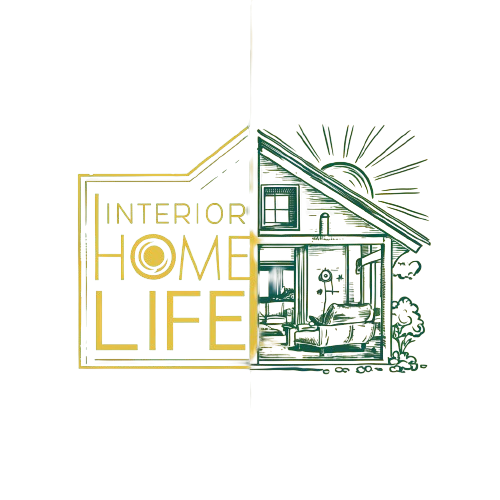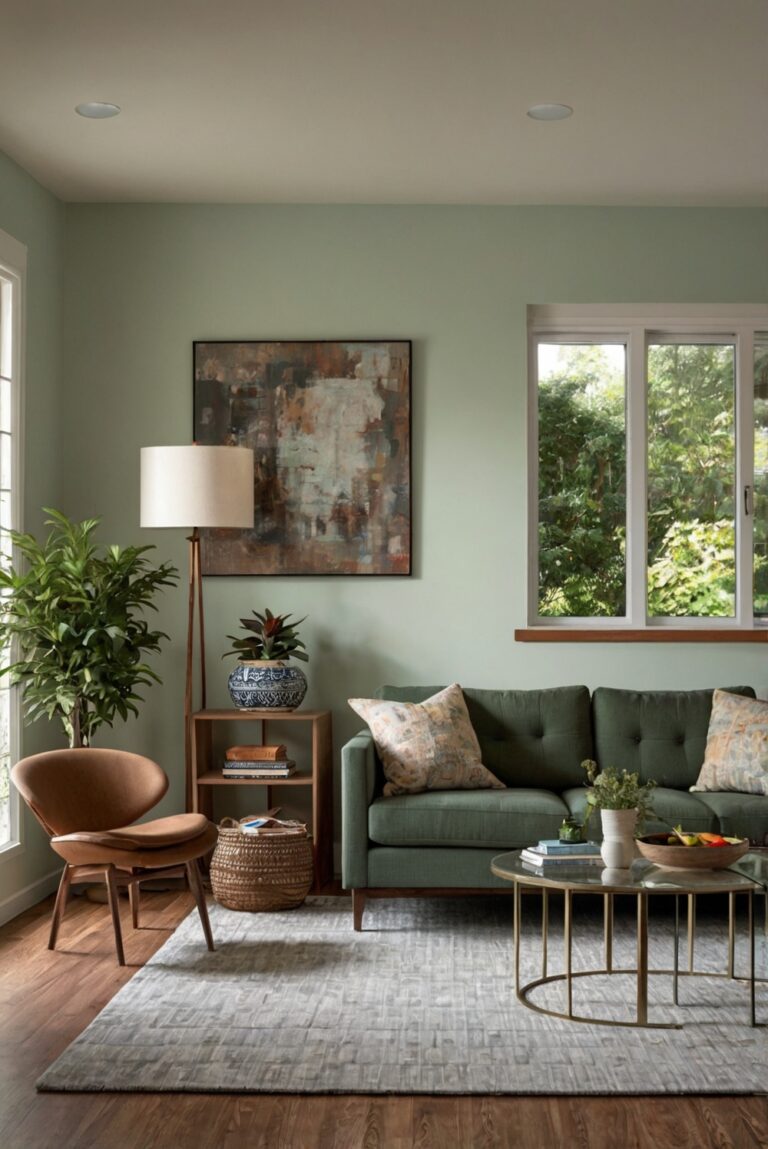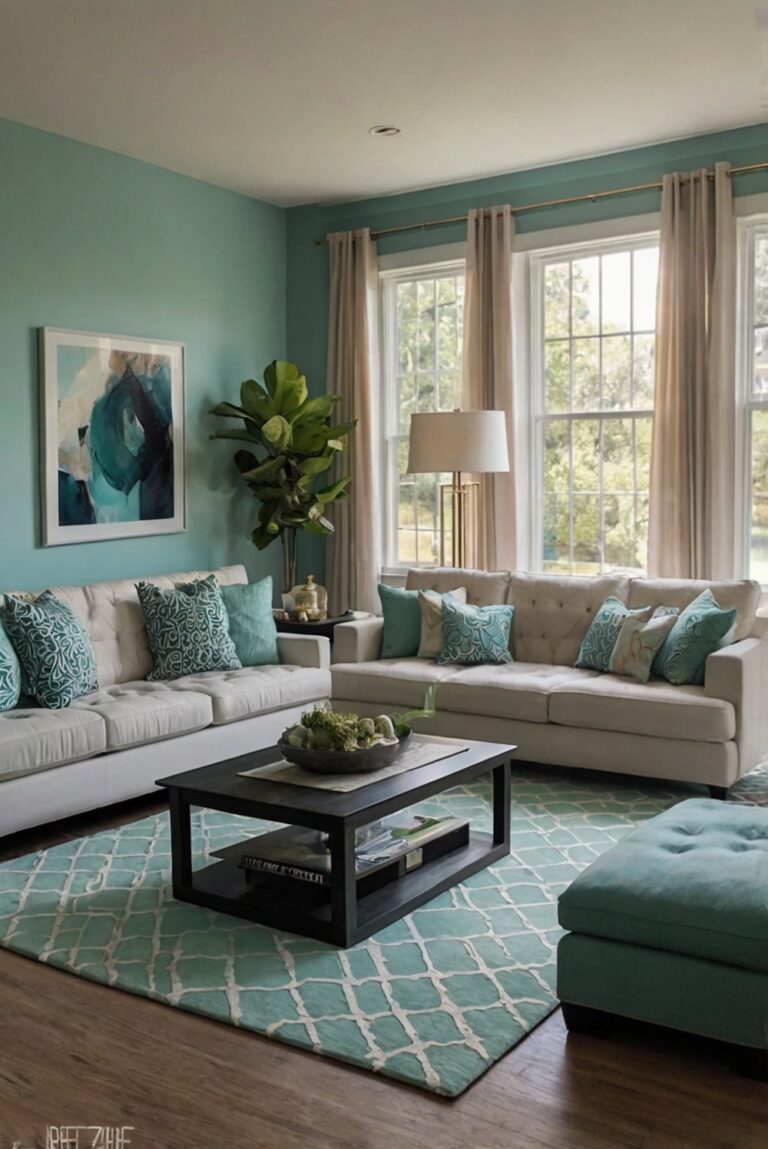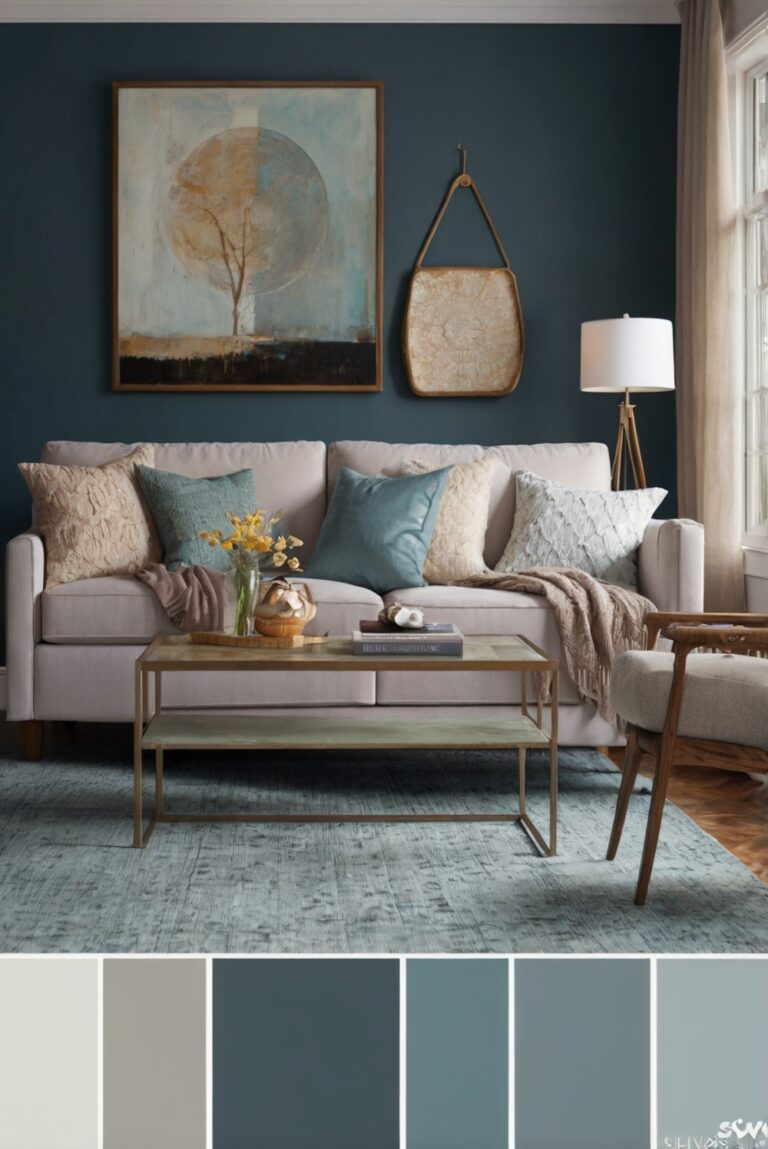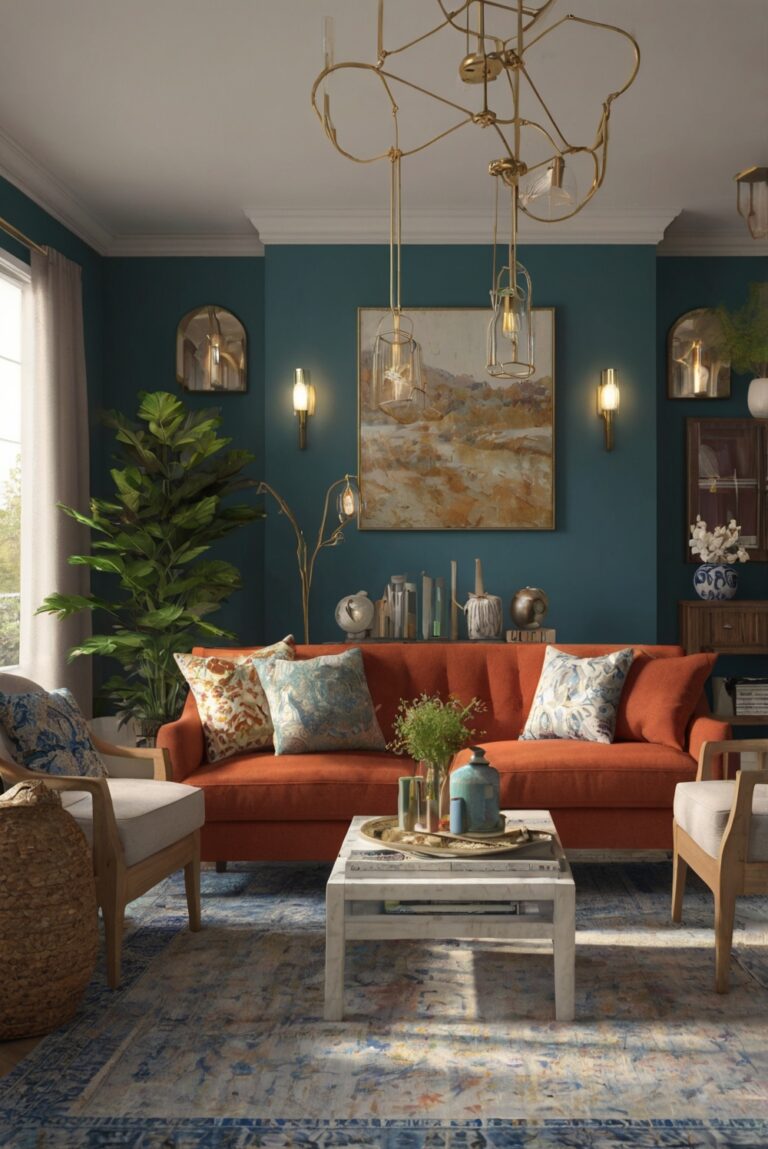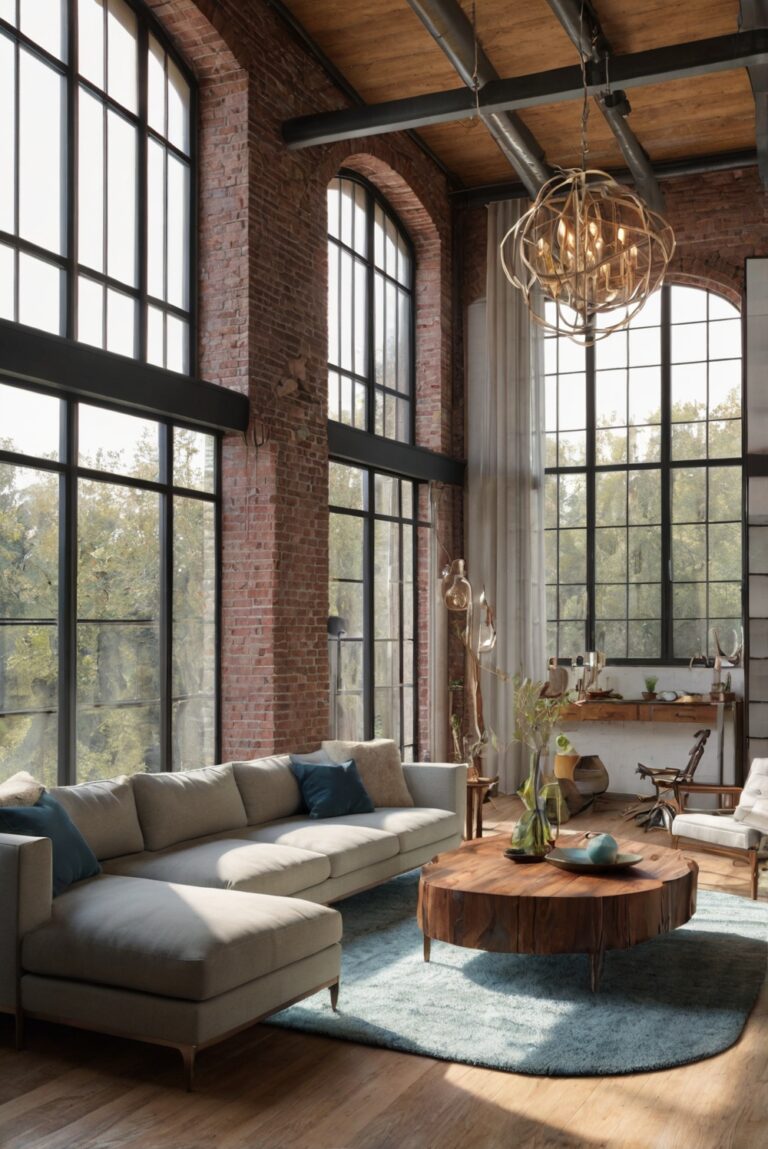How do you choose a sofa that complements existing furniture?
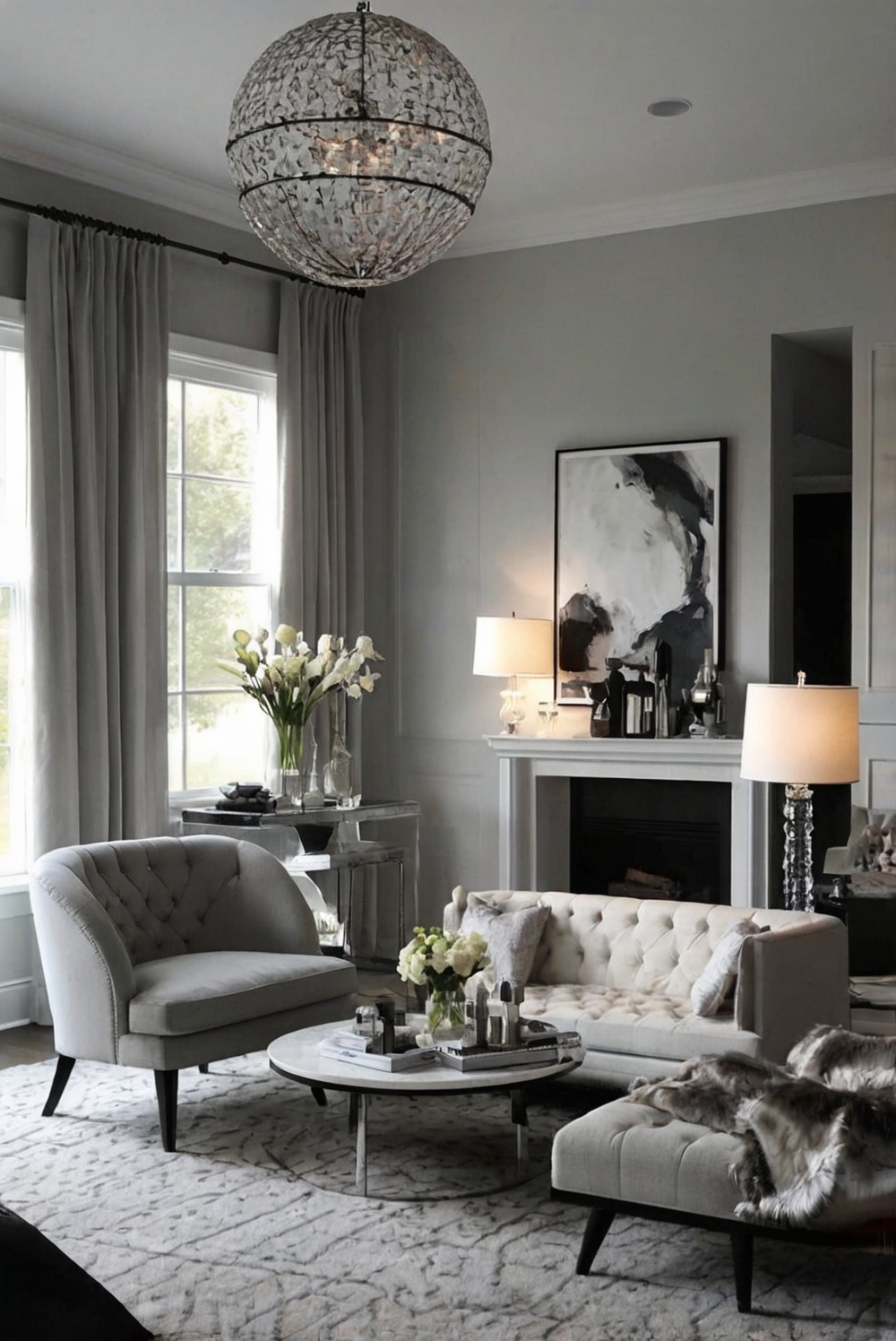
Are you looking to select a sofa that perfectly complements your current furniture? Discover essential tips and daily routines to enhance your interior design effortlessly.
How to choose a sofa that complements existing furniture:
When selecting a sofa that complements your existing furniture, consider the style, color, and size. Stick to a similar design aesthetic to ensure cohesiveness in your home decor interior design. Pay attention to the color palette – opt for shades that either match or complement the existing furniture. Measure the space to ensure the sofa fits well in the room, keeping in mind proportions and scale. If needed, consult interior designers for space planning advice. When choosing a sofa, consider the durability of the fabric and its maintenance requirements. A well-thought-out selection can enhance the overall look of your living room interior.
When choosing a sofa to complement existing furniture, it is important to consider the style and design of your current pieces.
Take note of the colors, materials, and overall aesthetic of your existing furniture to ensure that the new sofa will harmonize with the rest of the room. Look for similarities in design elements such as shape, texture, and finish to create a cohesive look.
Another important factor to consider is the size and scale of the sofa in relation to the existing furniture.
Make sure the sofa is proportionate to the other pieces in the room to maintain balance and harmony. Avoid choosing a sofa that is too large or too small compared to the rest of the furniture as it can disrupt the overall flow of the space.
Consider the functionality and purpose of the sofa in relation to your existing furniture.
Think about how the sofa will be used and whether it complements the function of the room. For example, if you have a formal living room with elegant furniture, a sleek and sophisticated sofa may be more suitable than a casual, oversized couch.
When choosing a sofa that complements existing furniture, it is also important to consider the color scheme and patterns.
Ensure that the color of the sofa complements the existing color palette of the room. You can opt for a sofa that matches the dominant color in your furniture or choose a neutral shade that will blend seamlessly with different styles. Additionally, consider the patterns on the sofa and how they interact with the patterns on your existing furniture to avoid clashing.
Lastly, pay attention to the material and quality of the sofa to ensure it complements the existing furniture.
Choose a sofa with a material that complements the texture and finish of your current furniture. Consider the durability and maintenance of the material to ensure it will stand the test of time alongside your existing pieces. Investing in a high-quality sofa will not only enhance the look of your space but also add value to your home.
1. What factors should you consider when choosing a sofa that complements existing furniture?
When selecting a sofa that complements existing furniture, consider the style, color, and size of your current pieces. Look for a sofa that matches or complements the design aesthetic of your existing furniture. Consider the color palette of your room and choose a sofa that either blends in or provides a contrast that enhances the overall look. Additionally, make sure the size and scale of the sofa fit well with the rest of your furniture to create a cohesive and balanced space.
2. How can you mix different furniture styles with a new sofa?
To mix different furniture styles with a new sofa, consider incorporating elements of both traditional and contemporary pieces. Opt for a neutral-colored sofa that can easily blend with various styles. Mix and match different textures, patterns, and materials to create an eclectic look. Balance the proportions of the furniture pieces in the room by mixing larger statement pieces with smaller accent pieces. Incorporate cohesive elements like a common color scheme or design theme to tie everything together.
3. What are some tips for choosing a sofa that complements a specific furniture style?
When choosing a sofa that complements a specific furniture style, consider the key characteristics of that style. For example, if you have mid-century modern furniture, look for a sofa with clean lines, tapered legs, and a sleek silhouette. For a classic or traditional style, opt for a sofa with tufted details, rolled arms, and rich upholstery. Match the materials and finishes of the sofa with the existing furniture to create a cohesive look. Pay attention to the overall vibe and mood of the room to ensure the sofa fits seamlessly with the existing furniture style.
4. How can you create a cohesive look with a new sofa and existing furniture?
To create a cohesive look with a new sofa and existing furniture, start by identifying a common theme or color palette that ties everything together. Choose a sofa that complements the existing furniture in terms of style, scale, and proportion. Consider incorporating accessories like throw pillows, rugs, or artwork that bridge the gap between the new sofa and the existing furniture. Arrange the furniture in a way that creates a cohesive flow and balance within the room. By carefully curating the elements in the space, you can achieve a harmonious and unified look.
5. What are some common mistakes to avoid when choosing a sofa that complements existing furniture?
One common mistake to avoid when choosing a sofa that complements existing furniture is failing to consider the scale and proportion of the new piece. A sofa that is too large or too small in relation to the rest of the furniture can throw off the balance of the room. Another mistake is choosing a sofa that clashes with the existing furniture in terms of style or color. Make sure to select a sofa that harmonizes with the overall design aesthetic of the space. Additionally, overlooking the importance of comfort and functionality in favor of aesthetics can lead to dissatisfaction with the new sofa. Be sure to prioritize both form and function when selecting a piece that complements your existing furniture.
